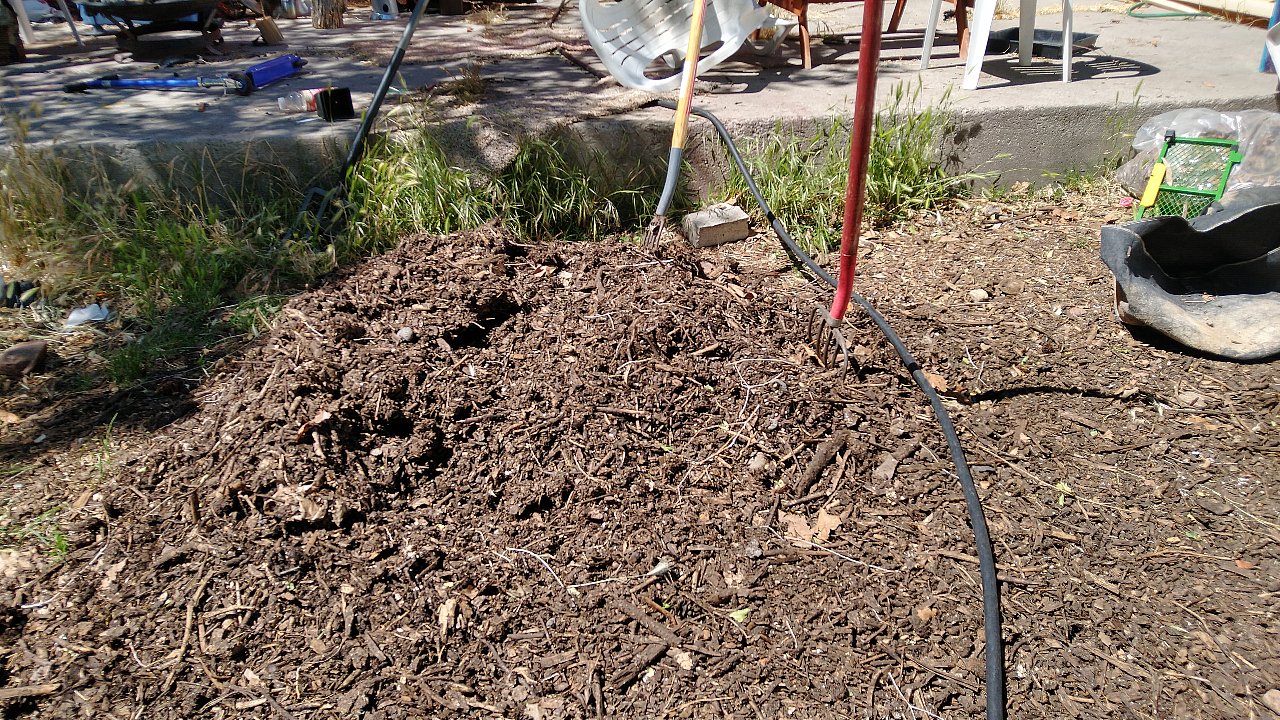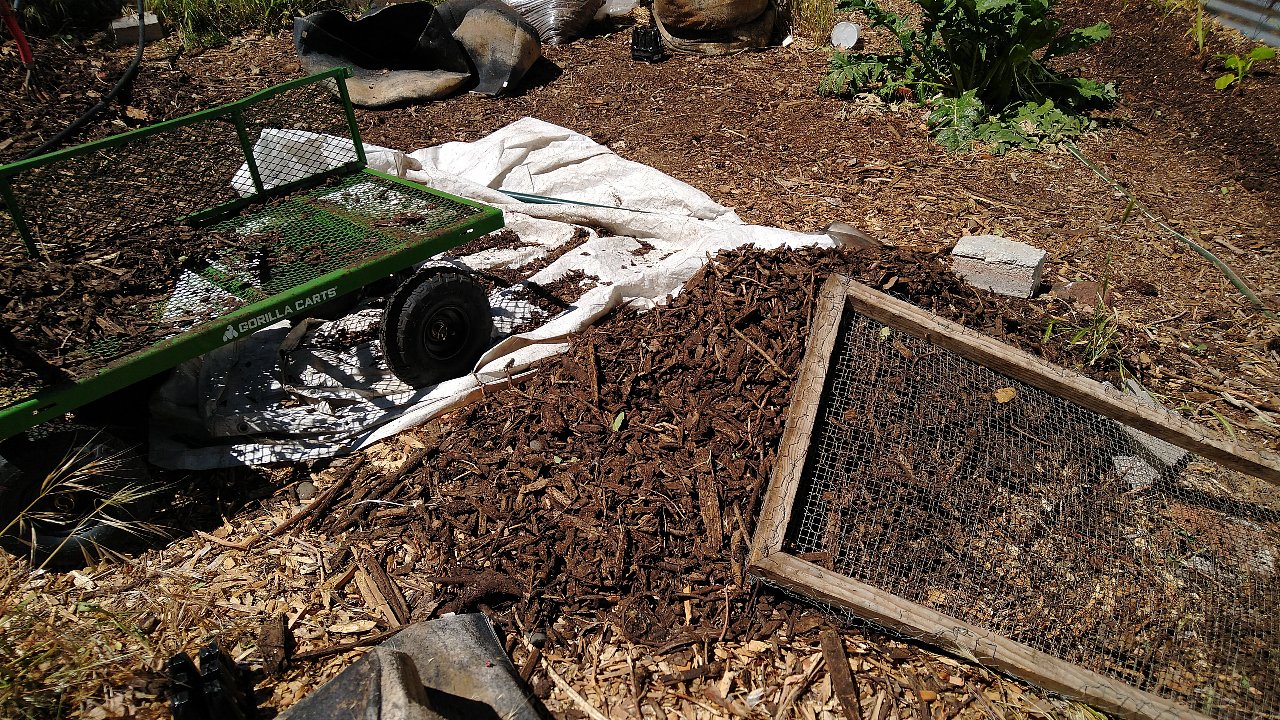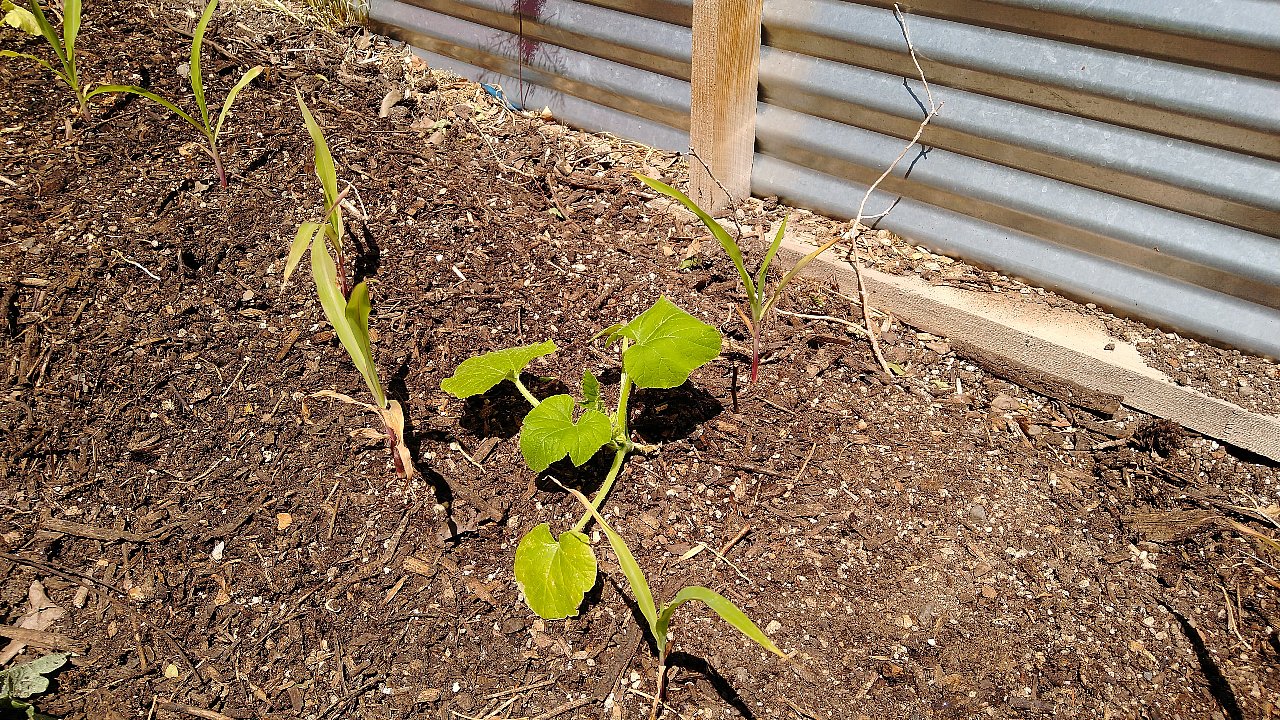Soil Solidarity is a recent nonprofit with anarchist roots, based in “Maddux House”, a brightly painted orange home with a community garden in its backyard.
Founder Katie Colling has years of experience in community outreach and activism. She previously co-founded the Reno Initiative for Shelter and Equality, which has had many endeavors, including community meals and a free market of donated items.
Soil Solidarity works with other local initiatives such as Hampton House Garden Project, Reno Food Systems, Biggest Little Food Not Bombs and Puff Puff Pass The Love, growing healthy food to support people in need.
“It's all given away,” said Colling of their organically grown produce. “We grow all the food for the homeless and pass it along to the people who serve it.”
Soil Solidarity now operates out of Colling’s own backyard after a failed attempt at a local church’s plot where plastic sheeting had been laid under the entire space.
Colling uses a no-till method to promote mycelium growth, the root systems of fungi that allows for healthy nutritious soil that is erosion resistant. It’s fostered through compost, which can include food scraps, yard waste, and some paper products. Mushrooms were introduced to speed up the process.
A pile of finished compost that “cooked” for eight weeks. Composting is the controlled rot of organic material to create nutrient-dense soil that improves plant performance.
Compost turning is one of the chores volunteers of Soil Solidarity are tasked with. It is turned to allow for a quick and even breakdown of the material. Large pieces are sifted out of the compost and introduced into subsequent batches to start fungal growth. Compost is then placed on top of the green cart and pushed through to remove clumps and large pieces, leaving behind airy and healthy soil.
“I started coming to volunteer at the community garden because nothing made me as happy as putting my hands in the dirt,” said Edwards (left), who is unable to garden at her own home.
Soil Solidarity uses organic and Indigenous planting methods. One of these is the Three Sisters method. Corn is planted in the center, beans surround and climb the corn, and squash is planted at the base. The corn acts as a trellis, the beans provide nitrogen to the soil, and the squash leaves shade the roots like a living mulch that retains water. Through these organic and Indigenous techniques, Colling says she is able to grow food in our difficult climate.
The Three Sisters represent squash, beans, and corn and is an example of companion planting, where each plant in a plot contributes to the success of another.
“Our next garden project is to have housing on-site,” said Colling of long-term goals for the nonprofit. “Two tiny homes for staff who run the property. Two tiny homes for the interns who are learning how to run a project and the property, and six tiny homes for low-income residents. So it would be a 10-unit place with a garden and a community center.”




